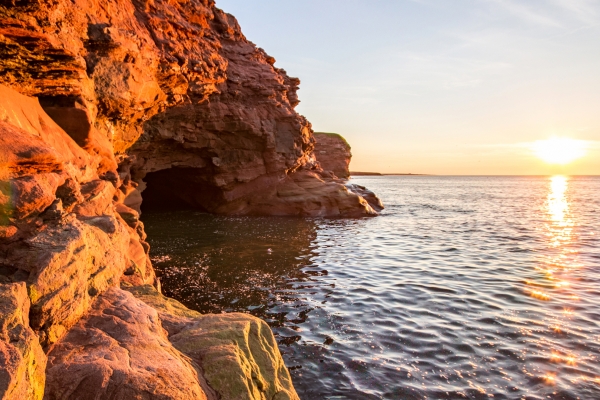An Island with Many Names
Around 5000 years ago, rising sea levels created a new island in the Maritime peninsula. Over the course of its history this island has been known by different names, some of which have been lost over time. In the passages below, we look at how it came to be called Prince Edward Island.
Epekwitk
The first people on Prince Edward Island were Indigenous hunters and gatherers who may have tracked caribou on the wasting glacial ice. Evidence for this was found with the recovery of a Clovis type spear point near Tryon. Ancient Indigenous names for the evolving landscape have been lost to time. The Mi’kmaq, who are today recognized as the Indigenous people of Prince Edward Island, know the island as Epekwitk (pronounced e·be·kwitk), meaning "something lying on the water.”
Mi’kmaq oral history and archaeological evidence show that the Mi’kmaq and their ancestors lived in kinship-based hunter gatherer groups that moved across the island with the rhythms of the seasons. Important information about the land, culture and society was encoded in oral history and passed down by generations of elders thus ensuring the lasting legacy of the Mi’kmaq, their culture and traditions.
To this day, Epekwitk remains home to many Mi’kmaq and is part of Mi’kma’ki, the wider homeland of the Mi’kmaq in Atlantic Canada. To learn more about the Island’s Indigenous heritage and present-day Mi’kmaq culture, you can visit the Lennox Island Mi’kmaq Cultural Center on Lennox Island.
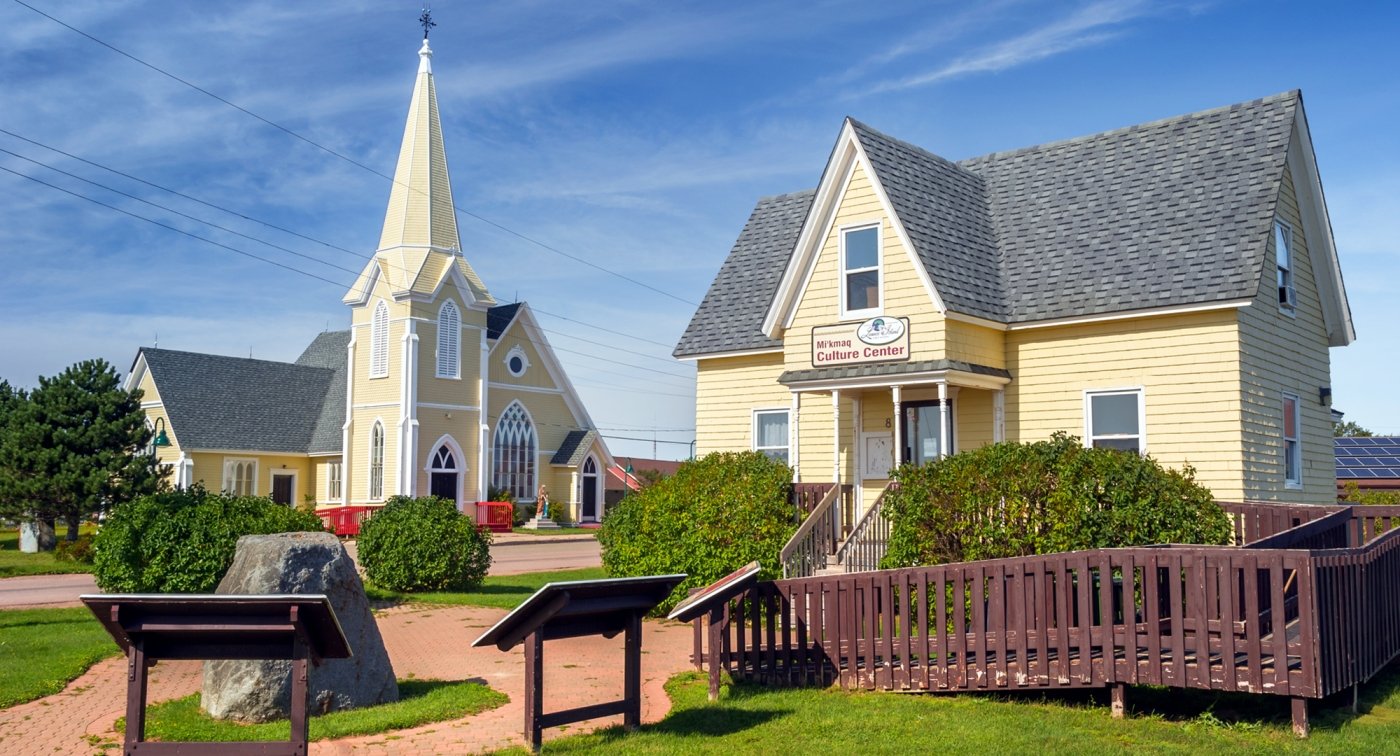
Île Saint-Jean
From the 1600s onward, the Mi’kmaq had regular contact with European fishers and traders, but it was only in 1720 that Europeans began permanently settling on the Island. These first European arrivals came from France and they called the Island Île Saint-Jean. They were soon joined by Acadians – Francophone settlers originally from what is now Nova Scotia and New Brunswick.
For almost forty years, the Francophone population of Île Saint-Jean grew in fits and starts, living alongside the Island’s Mi’kmaq population. Then, in 1758, disaster struck. In that year, Île Saint-Jean was conquered by British troops and the French and Acadian inhabitants were forcibly deported.
The deportation – also known as the expulsion – was a terrible tragedy, but it was not the end of Île Saint-Jean. Some French and Acadians escaped deportation by hiding in the Island wilderness, while others made their way back after many years of exile. Some were given refuge by the Mi’kmaq. Today, tens of thousands of Islanders – both Francophone and Anglophone – can trace their ancestry back to those who lived through the tragedy of the expulsion. The French language and Acadian culture continue to thrive on Île Saint-Jean to this very day, in the form of food, music, dance and so much more. To learn more about French history and culture on Île Saint-Jean, visit the Acadian Museum of Prince Edward Island in Miscouche.
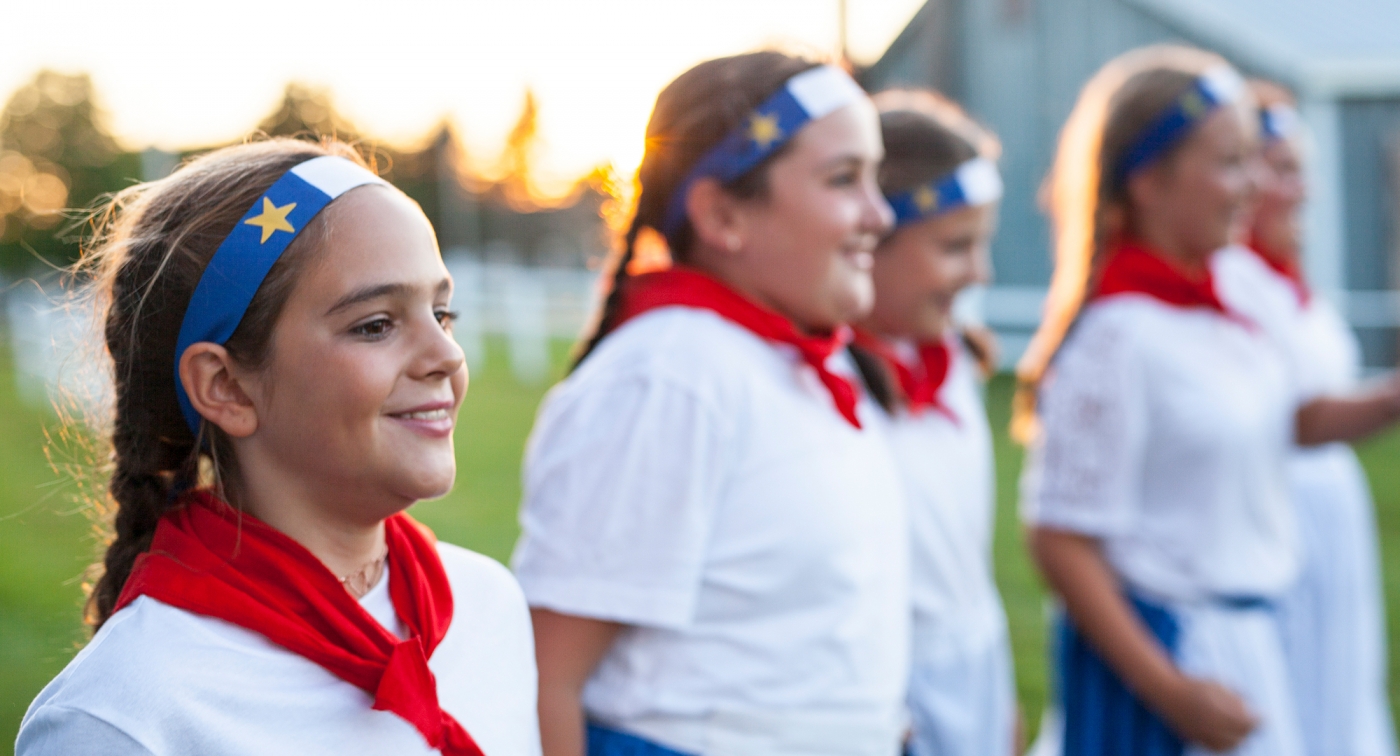
St. John’s Island
When the British conquered Île Saint-Jean, they anglicized the name to St. John’s Island. It was under this title that the Island became an independent British colony with its own government. It was also under this name that the first British settlers began to arrive and establish many of the Island’s more prominent towns and villages, such as Cavendish, Charlottetown and Georgetown.
It was not just British settlers who emigrated here under the name St. John’s Island. People of African descent also began to arrive in significant numbers in the late 1700s. Most came as enslaved people and experienced great hardship. By 1825, slavery had been abolished in the colony, but Black Islanders still faced racism, discrimination and economic adversity. In spite of these challenges, Black Islanders persevered, forming tight-knit communities in Charlottetown and the eastern part of the Island. Today, the Black Cultural Society of PEI works to share the story of the Island’s Black population, from the distant past to the present day.
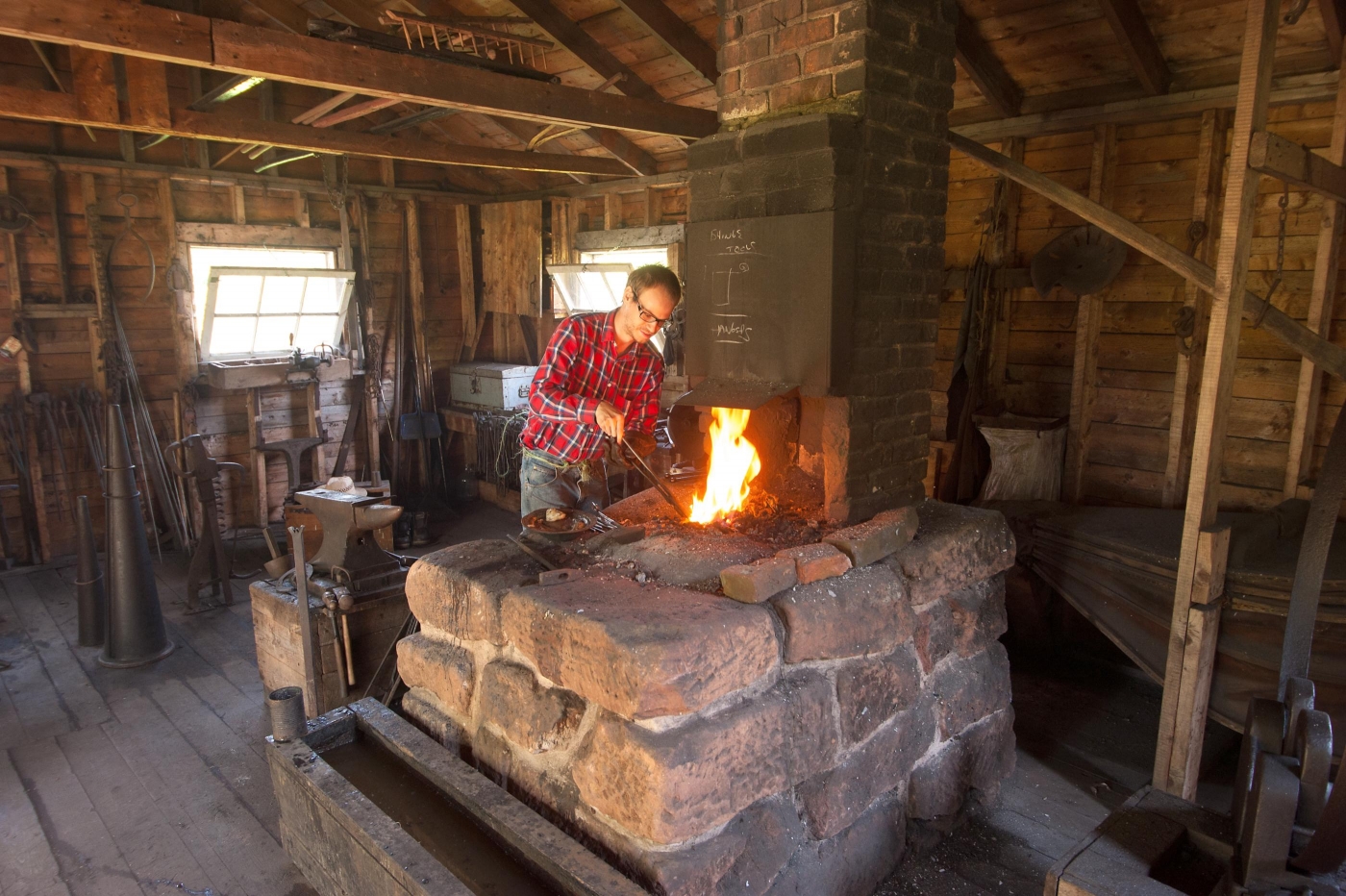
Prince Edward Island
By the late 1700s, there were several places named St. John’s in what is now Atlantic Canada – Saint John, New Brunswick and St. John’s Newfoundland, just to name two! And so, in 1799, the decision was made to rename the colony Prince Edward Island, in honour of Prince Edward, Duke of Kent (the future Father of Queen Victoria!). The name stuck.
During the 1800s, Prince Edward Island grew into a prosperous colony. Much of this prosperity came thanks to the shipbuilding industry. Many Islanders made fortunes building wooden tall ships and sailing them around the world. If you wish to be transported back to the Island’s golden age of sail, you can visit Green Park Shipbuilding Museum and Historic Yeo House and Beaconsfield Historic House. Both Beaconsfield and Yeo House were built by wealthy shipbuilders and are now preserved as a testament to the glory days of the industry on the Island.
Agriculture on Prince Edward Island also came into its own in the 1800s, earning the Island some bonus nicknames: The Garden of the Gulf and the Million-Acre Farm. By the late 1800s and early 1900s, the largest rural settler populations were Scottish and Irish, but there were Islanders from many backgrounds scattered throughout the province, including Acadian, Black, Chinese, English, Lebanese, and Welsh. To experience rural life in an 1895 Island community, visit Orwell Corner Historic Village, where you can feed the farm animals, watch the fire crackle in the blacksmith’s shop, learn about life in the general store – and more!
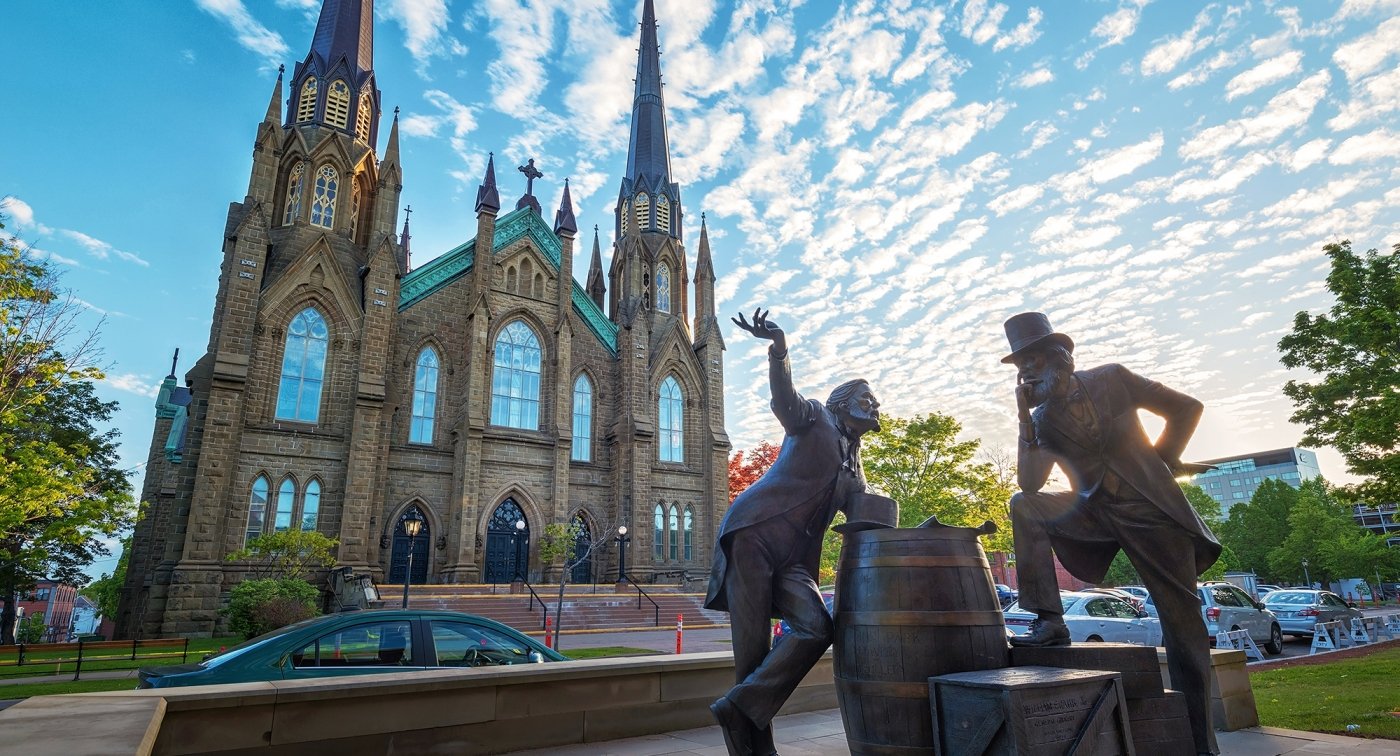
The Birthplace of Confederation
The Island has yet another name: The Birthplace of Confederation. This is because in 1864, a conference was held in Charlottetown to discuss the idea of uniting the British colonies in North America into one political entity. The Charlottetown Conference became the first step on a long road that led to the Canadian Confederation – and ultimately, the modern country we know today. Confederation has a complicated legacy that can be further explored in a visit to the Confederation Chamber when the Province House National Historic Site reopens to the public in late 2025. At that time, new interpretive exhibits will carry forward themes of architecture and conservation of the building, Canadian Confederation and the PEI Legislative Assembly.
Despite hosting that initial conference, Prince Edward Island did not immediately join Confederation. The Island’s leaders felt they were better off on their own, so they stayed out when the new country of Canada first formed in 1867. They finally joined six years later, partly to help pay for the construction of an Island-wide railway. The railway that helped bring the Island into Confederation has since disappeared, but you can still ride the rails when you visit the Elmira Railway Museum in Eastern PEI.

One Island, Many Names
Prince Edward Island continued to develop and change in the twentieth and twenty-first centuries. As wooden ships fell out of use in the late 1800s, the shipbuilding industry faded away, but was replaced with other industries. For example, the twentieth century saw the growth of the Island’s fisheries, with lobster and other shellfish becoming major exports. To this day, many Islanders make their living on the sea – and you can discover their history, culture and traditions at the Basin Head Fisheries Museum in eastern Prince Edward Island.
Another growth industry in twentieth century Prince Edward Island was potato farming. Originally just one crop among many, the Island’s potato harvest has grown to become the largest provincial harvest in Canada. You can learn all about the potato – and our province’s special connection with it – at the Canadian Potato Museum in O’Leary.
The Island also continued to make political history well into the twentieth century. We elected Canada’s first premier of Lebanese descent (Joseph Ghiz) and Canada’s first woman premier (Catherine Callbeck). Most recently, PEI became the first province in Canada to ban single-use plastic bags.
The Island has also become increasingly diverse, with people from all over the world arriving to make their home in this beautiful place. You can experience some of the many traditions now present on Prince Edward Island at the DiverCity Multicultural Festival, held each fall in the streets of Charlottetown.
Today, this Island still has many names: Epekwitk, Île Saint-Jean and Prince Edward Island. Each name has made – and continues to make – its mark on our history. It’s a history that remains vibrant and alive today – and that we want to share with you. Come discover our past, present and future through our historic places, museums, elders, poets, artists, musicians and others.
